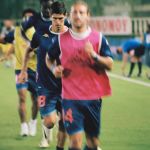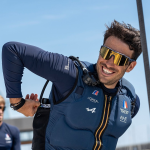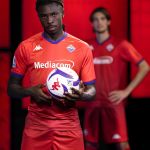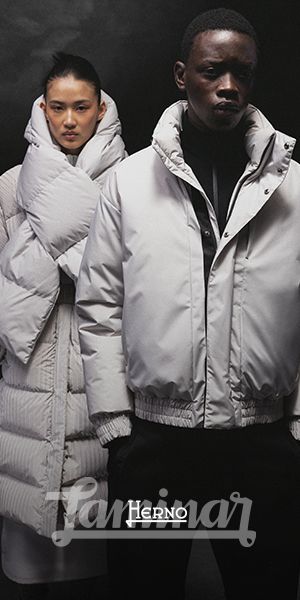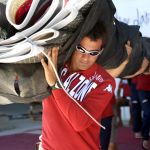
When we were obsessed with Mascalzone Latino
The most Italian of the boats in the America's Cup
September 19th, 2024
While in the waters of Barcelona, the fastest catamarans on the planet are competing for the coveted spot of challenger in the America's Cup, it’s impossible not to recall all the other Italian attempts to conquer the world’s oldest competition. Italy’s love affair with the America's Cup is recent but electrifying, captivating not only the hearts of sports enthusiasts but also fashion lovers. If Azzurra represented the childhood dream for Italian sailing, Moro di Venezia the golden nobility, and Luna Rossa the austere elegance, Mascalzone Latino embodied the playful spirit, the Mediterranean creativity that challenged the wealthiest yacht clubs in the world. But Mascalzone Latino in the America's Cup was not just a water-and-wind rendition of David versus Goliath; it was a lesson in Italian identity and courage that marked a generation.
Like the hull of Vincenzo Onorato's boat, which sailed from the Reale Yacht Club Canottieri Savoia in front of Castel dell’Ovo all the way to Auckland, New Zealand, on the other side of the world, boldly challenging the best. Named after a famous song by Pino Daniele, a singer-songwriter who captured the poetry of Naples like no one else, the Italian boat first competed in the 2003 edition and later in the 2007 edition in Valencia. It was supposed to take on the prestigious role of Challenger of Record, the first challenger that, along with the defender, selects the protocol for the edition to be contested and represents all the other potential challengers that would join in 2009, but Onorato’s financial difficulties forced him to abandon the project.
However, the history of Mascalzone Latino in the America's Cup is inseparable from the aesthetic chosen for the Italian boat, with the help of technical sponsor Kappa. The Turin-based company immediately saw the potential to associate its logo with the world’s oldest sailing competition, launching a new collection that quickly became a must-have, both for seasoned sailors and for those newly passionate about the sport during sleepless nights in the southern hemisphere. With bold, squared-off lettering on models with well-defined colors, Kappa announced its Eroi collection, which remains one of the brand's most iconic and recognizable lines. The word MASCALZONE, in white with a bold border across the chest of a zip-up sweatshirt or even better a sleeveless jacket, quickly became not only a way to support the Italian team competing in the America's Cup but an expression of a lifestyle, an aesthetic that became a style.
It was sportswear meeting Y2K sensibility, blending with Sunday afternoon wardrobes in the Italian provinces. Raised collars and mirrored sunglasses. A cold fusion that spawned some brands that still evoke a nostalgic smile today, from Guru to Sweet Years. You had to be there to understand, as they say in these cases, when Italy was divided between Luna Rossa and Mascalzone Latino. One of those clear, surgical splits that seem to happen only in our country. On one side, the cold rigor of Luna Rossa, black interrupted only by a thin line, the formalism of Prada and the exclusivity of its products. On the other, the creative script of Mascalzone Latino, the Saracen symbol taking up the entire shoulder, the popular cut of Kappa Sports, while the technical garments stood out for their use of Kombat technology, which was also hugely popular for football jerseys at the time.
A rising wave carried with it the optimism and freedom of those years, spent dreaming of tacking and jibing, sailing with starboard tack, or raising a spinnaker with the bow ahead of your opponent. And through a style that seems so distant and yet so close, already recycled into the increasingly frantic rhythms of fashion, it lulls us into a suspended past, marked only by the different editions of the America's Cup. Now that the gleaming monohulls have given way to foiling catamarans that barely touch the surface, what remains is that typical obsession of seafaring men, to challenge the elements, their opponents, but above all, themselves


























